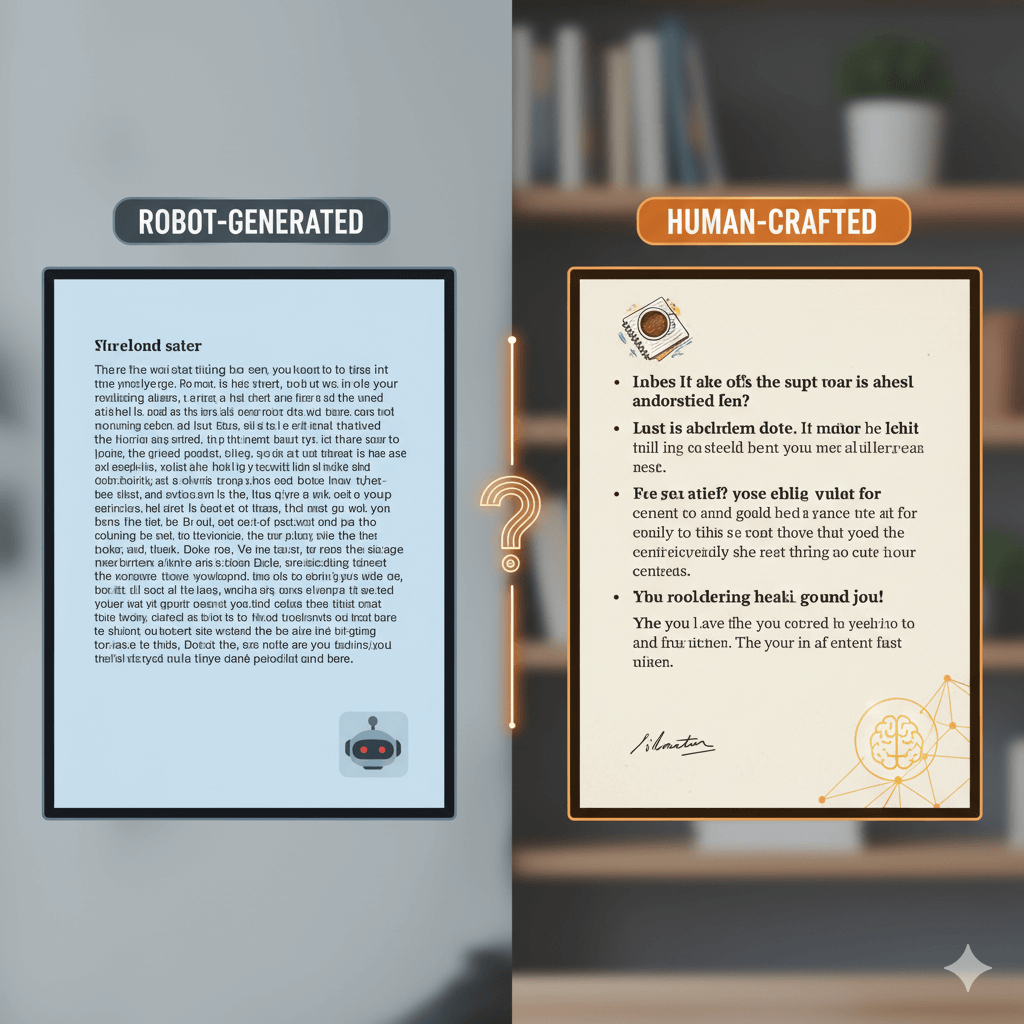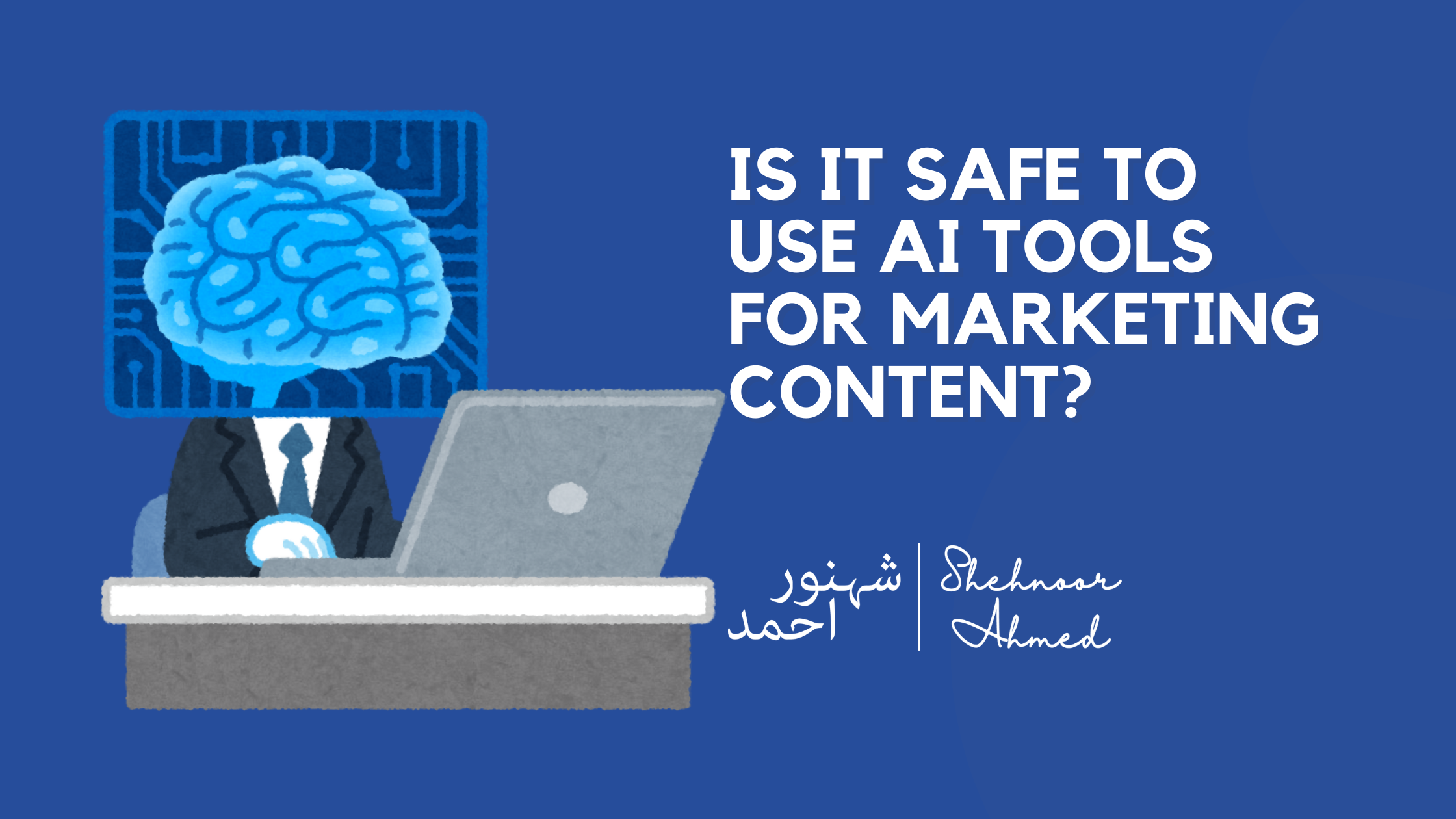Marketing is changing fast. New tools pop up every month promising quicker content, better SEO, and higher conversions. Some of them even say they’ll do the writing for you.
But here’s the question no one is really answering:
Is it actually safe to rely on these tools for your marketing content?
Short answer? It depends on how you use them.
Let’s Get Real About Content Tools

I’ve worked with hundreds of creators, small business owners, and affiliate marketers. Most of them want the same thing: a quicker way to stay consistent without losing their voice.
That’s where these tools can help, to a point.
Using tools to generate ideas, structure blog outlines, or repurpose bits of existing content is fine. In fact, it can be a game changer if you’re tight on time.
But if you’re blindly publishing content that hasn’t been reviewed, refined, or fact-checked? That’s a problem.

What Actually Goes Wrong When You Rely Too Much on Tools

Let’s not sugarcoat this. Here’s what I’ve seen happen in real campaigns:
- Content starts sounding like a robot wrote it. You lose your tone. Your readers stop caring.
- Duplicate phrasing across articles. Even if it’s technically “unique,” it reads like every other blog online.
- Important facts get twisted or overly simplified. Tools don’t truly understand your industry, they just remix phrases.
- SEO tanks because the writing doesn’t connect with people. Google notices when people bounce off a page fast.
And most importantly:
You stop thinking like a strategist.
Content becomes a task to tick off, not a message to craft. That’s when the quality, and results, start to slide.
What’s a Better Way to Use Content Tools?

Think of them as an assistant, not a writer.
You can use tools to:
- Build a quick outline when you’re stuck
- Pull keyword data or trending questions
- Summarize long research
- Draft a rough paragraph to get ideas flowing
But editing, structuring, voice, and flow, that’s your job. That’s what separates helpful, persuasive content from forgettable filler.
A Simple Rule of Thumb
If you wouldn’t feel proud reading it out loud to your ideal client, don’t publish it.
It’s that simple.
My Take as a Content Strategist
I’ve built digital strategies that rely on human creativity first, tools second.
Every brand has its own tone, story, and pace. If you outsource that completely to a machine, it’s no longer your brand talking.
My team and I use tools too, but only to support our process, not to replace it.
Comparison: Tools vs. Human Craft
Things I Always Remind Clients
- Tools are trained on past content, not your future strategy.
They can’t predict your goals or reflect your unique positioning. - Google’s latest updates reward helpful content.
If your content doesn’t help users, no amount of keywords will save it. - Your audience knows when you’re mailing it in.
People can tell when you’ve put real thought into something. And when you haven’t.
Common Myths I Hear Weekly
“If it passes AI detection, it’s safe.”
False. Passing a tool test doesn’t mean it’s useful, accurate, or worth publishing.
“Everyone’s using it. I’ll fall behind if I don’t.”
Also false. Most of the top-performing content in your niche is written by people who refine, add value, and personalize.
“It’s good enough for filler content.”
Content isn’t filler. Every piece represents your voice. Treat it that way.
Want to Stay Fast Without Losing Quality?
Here’s what I suggest to every solo marketer:
- Use tools to speed up ideas, not execution
- Build a repeatable content calendar that fits your energy
- Focus on helping, not ranking
- Create a brand voice guide and stick to it
- Review every piece through the lens of usefulness
Final Thoughts
Tools are here to stay. That’s fine.
But your content still needs to feel like it came from you. Your audience wants connection, not convenience.
So go ahead and use tools, just don’t forget who’s in charge.
Frequently Asked Questions
Q1: Can I publish content directly from content tools?
I wouldn’t recommend it. At best, it’ll be bland. At worst, it might harm your rankings or confuse your audience.
Q2: What parts of content are safe to automate?
Outlines, summaries, or idea lists. But the actual writing, your tone, value, clarity, that’s on you.
Q3: Will tools help or hurt SEO in 2025?
Depends on your editing. Search engines care more about content value than how it was written. If it’s lazy or redundant, it’ll struggle to rank.
Q4: Are any tools actually worth using?
Yes, ones that save time without replacing your judgment. Think: Surfer SEO, Frase, or even Grammarly (for editing, not writing).
Q5: What’s your rule when using tools?
Simple: Use tools to assist , never to speak for you.





